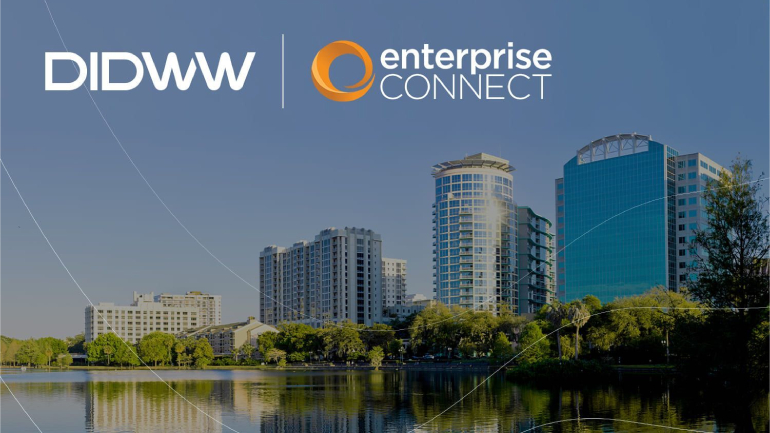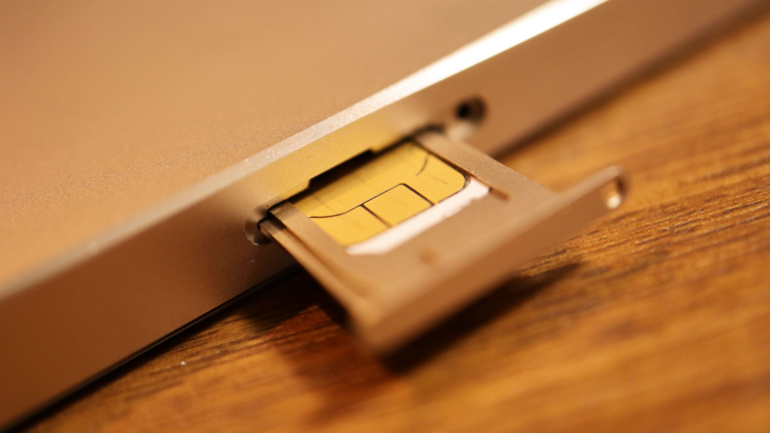Vertiv has unveiled the Vertiv MegaMod CoolChip, an innovative liquid cooling system integrated into a prefabricated modular (PFM) data center solution. Designed for AI computing, the MegaMod CoolChip accelerates the deployment of AI-critical infrastructure by up to 50%. This system offers scalability and high-density cooling, providing efficient solutions for AI compute providers.
The wireless telecoms industry experienced growth due to 5G technology. Telstra and Optus will stop pre-installing Google Search as the default on their Android phones. A MedUX report ranked UK fixed broadband providers. The WBBA urges IP network upgrades for 5.5G and 6G services.
Samsung played a pivotal role in the German smartphone market’s recovery during the first quarter of 2024, ending a prolonged period of decline. According to Counterpoint Research’s Q1 2024 Market Monitor Shipment Tracker, smartphone shipments in Germany increased by 13% year-over-year.
CSPs have been investing heavily in network technology to reduce expenses, but legacy voice infrastructure is holding them back. Cloud transformation can deliver better customer experiences, reduce costs, and increase scalability. AI will change customer engagement and revenue generation, with GenAI offering SMBs deep analytics from customer conversations. CSPs should focus on a modern, digital-first customer experience with self-service options. Alianza offers a cloud communications platform to simplify migration and operations for CSPs.
Alianza, Inc., the leading cloud communications platform for service providers, today released a new Omdia Research report, “Reinventing Core Communications: Strategic Imperatives for Growth.” The report offers a transformation roadmap for service providers as they face increasing operational complexity, network costs, and revenue pressures that are creating hostile market conditions across the telecommunications industry.
DIDWW, a global provider of premium quality VoIP communications and SIP trunking services, will participate as an exhibitor at Enterprise Connect 2024, the leading conference and exhibition for enterprise communications and customer experience. The event will be held from March 25th-28th at the Gaylord Palms in Orlando, FL.
The radio access network (RAN) equipment market experienced a significant downturn last year, as highlighted by recent reports from Omdia and Dell’Oro. These reports, drawing from detailed market analysis, reveal a challenging period for the industry, with global RAN revenues dropping by 11% to just over $40 billion.
The cellular Internet of Things (IoT) market is set to undergo a significant transformation, thanks to the advancements in eSIM technology, as highlighted in recent research conducted by Omdia. The adoption of eSIM is expected to skyrocket, driven by the GSMA SGP.31/32 specifications, offering unprecedented efficiency, flexibility, and choice to enterprises across the globe.
Alternate network operators, the so-called ‘altnets’, are on the cusp of revolutionizing digital infrastructure with their subscriber-tailored fibre networks. Brand trust and consistency are crucial in this venture, eyeing lifelong monetization rather than mere reach. This extends beyond merely providing a network ‘highway’, enhancing user experiences. While speed and pricing have been traditional differentiators, custom in-home experiences are now taking the spotlight.
The future of high-quality broadband access hinges on fiber investment, with interest spanning government, media, and network operators. Its value is in optimization, sustainability, and compatibility with the future. This technology could reshape industries, from education to smart city initiatives. The European Commission’s ambitious Digital Deco 2030, aiming to extend gigabit services to its entire populace by 2030, reflects global recognition of broadband’s potential in economic growth. Nevertheless, the disparity in gigabit-digital access remains a concern, prompting a focus on all-optical fiber networks. This reality becomes evident with Omdia’s Fiber Development Index (FDI), offering a diverse range of fiber investment metrics.













